glimmer
Rough_Rock
- Joined
- Aug 25, 2014
- Messages
- 50
I've read a lot about 60-60 diamonds but can't seem to find a consensus, some places say they're beautiful and offer more brilliance, others that they have less fire and should be avoided, and I was hoping to get some clarification. I know it can depend on the crown angle and pavilion angle but consider a diamond with a 60% table, 59.7% diameter and combination of 33 degree crown angle, 41 degree pavilion angle, that scores below 2 on the HCA with all excellents, would this diamond be safe to buy without an idealscope or ASET?
Pretty much the only available info is a photo and the GIA report. The diamond looks good to me and although it's a J color it actually looks "whiter" to me than other Js, could this be a result of the 60% table? Since I'm on the fence about the 60-60 diamond, I have also been looking at another diamond, pretty much same carat weight and price but with a 58% table, 60.1% depth, 34 CA, and 40.6 PA, also scores below 2 on the HCA and all excellents, but in the photo the diamond actually looks darker to me than the 60-60, less "white" and more like a J. Basically I'm looking for is the brightest/whitest diamond (J is what my budget allows, so looking for the brightest J) which has the best spread (looks its size or larger on the finger) while maintaining excellent "sparkle". I thought maybe the 60-60 would help the diamond look brighter and was hoping to get some clarification on this and what I'd be sacrificing.
I don't have any software like Gemadviser to Diamcalc and was wondering if anyone could offer some insight to what the pros and cons of either diamond would be and what you'd choose? Specifically, the pros and cons of a 60-60 diamond, and whether this diamond falls into those "ideal" 60-60s?
Thanks in advance!
Pretty much the only available info is a photo and the GIA report. The diamond looks good to me and although it's a J color it actually looks "whiter" to me than other Js, could this be a result of the 60% table? Since I'm on the fence about the 60-60 diamond, I have also been looking at another diamond, pretty much same carat weight and price but with a 58% table, 60.1% depth, 34 CA, and 40.6 PA, also scores below 2 on the HCA and all excellents, but in the photo the diamond actually looks darker to me than the 60-60, less "white" and more like a J. Basically I'm looking for is the brightest/whitest diamond (J is what my budget allows, so looking for the brightest J) which has the best spread (looks its size or larger on the finger) while maintaining excellent "sparkle". I thought maybe the 60-60 would help the diamond look brighter and was hoping to get some clarification on this and what I'd be sacrificing.
I don't have any software like Gemadviser to Diamcalc and was wondering if anyone could offer some insight to what the pros and cons of either diamond would be and what you'd choose? Specifically, the pros and cons of a 60-60 diamond, and whether this diamond falls into those "ideal" 60-60s?
Thanks in advance!

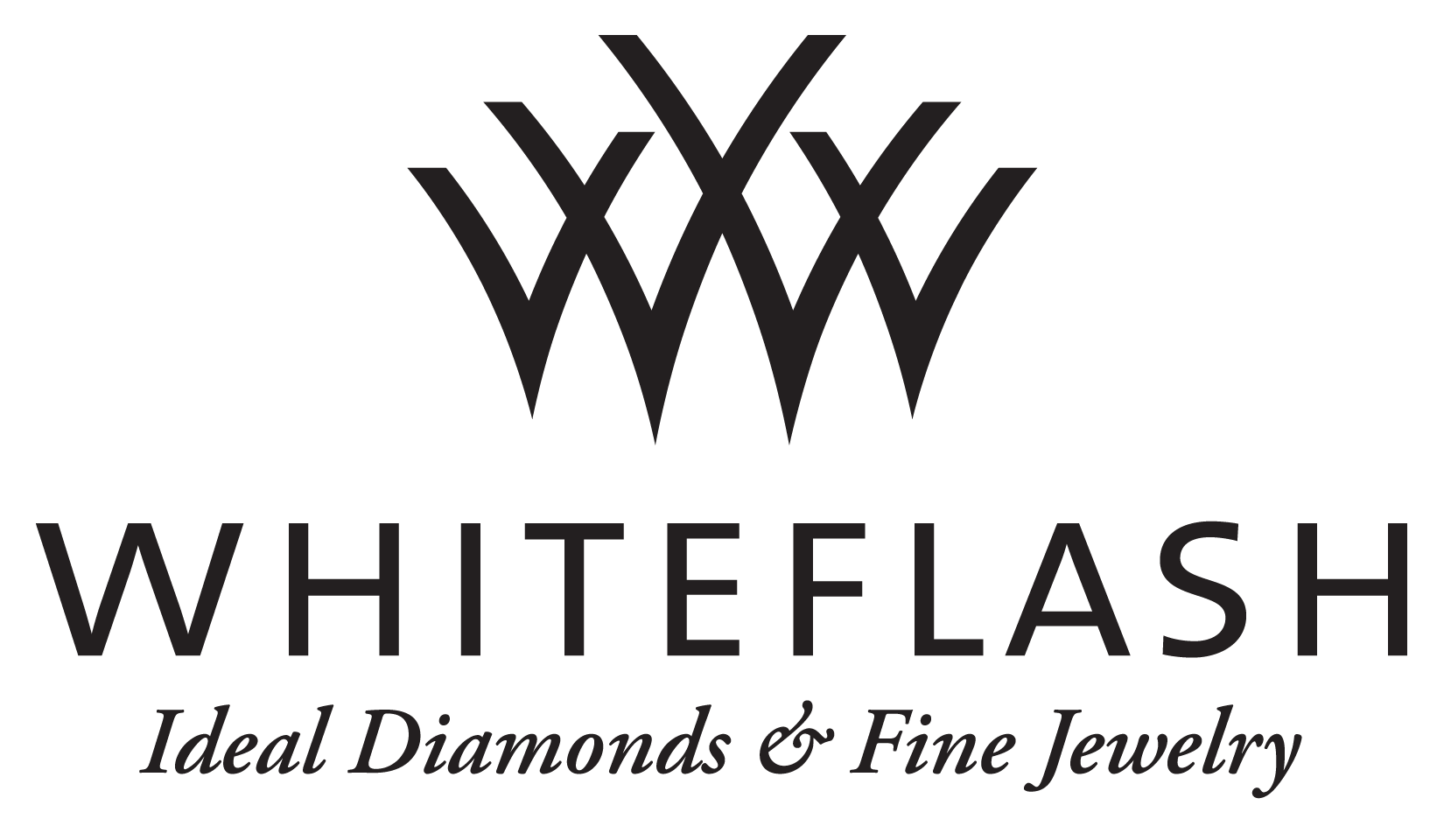
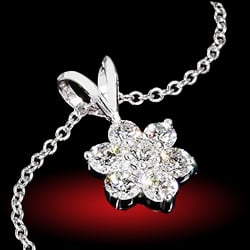
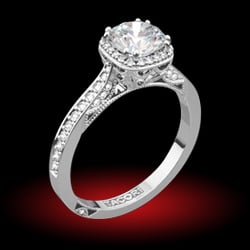
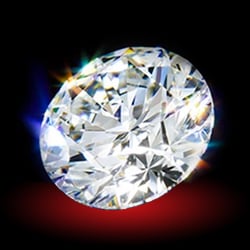

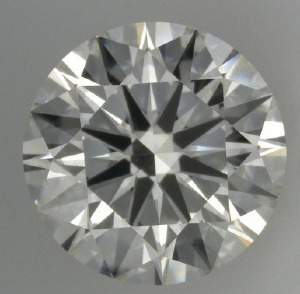
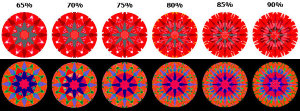


300x240.png)